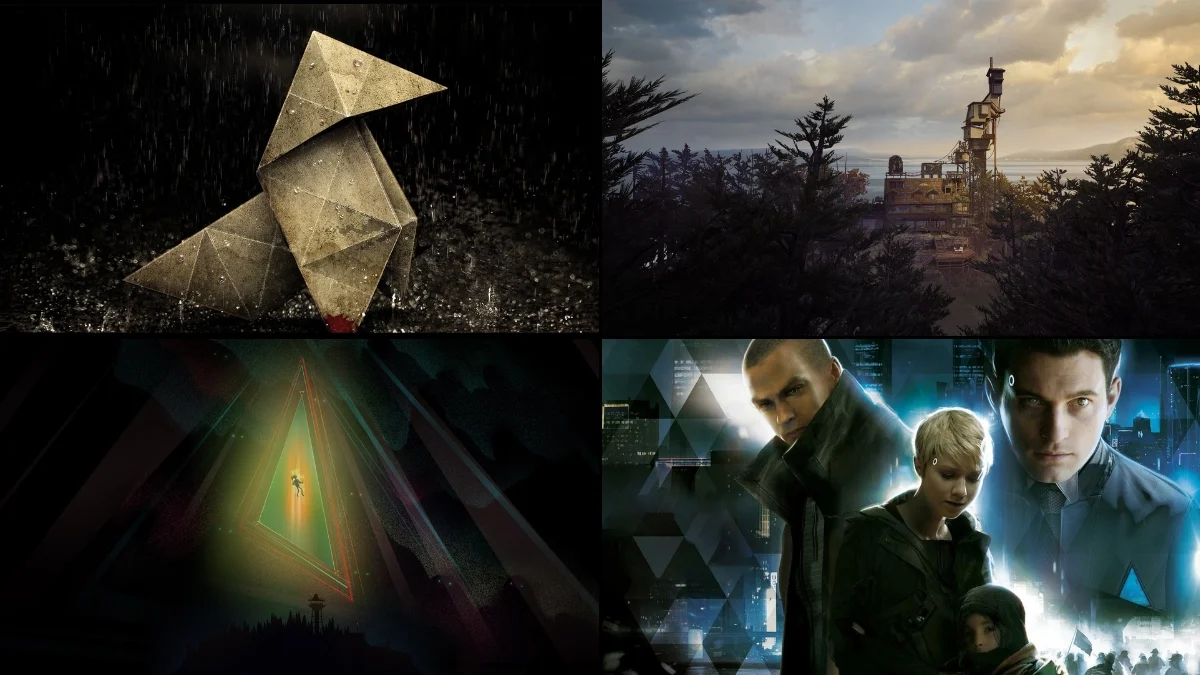
Many games focus on initial discoveries – like solving a puzzle, experiencing a plot twist, or uncovering a mystery – that happen only once. Once you’ve found the answer, playing again doesn’t offer much new content. The game unfolds the same way each time, with the same events triggering in the same order. While the first time can be amazing, subsequent playthroughs often feel repetitive. Here are some games built around these kinds of one-time revelations, along with information about their creators and publishers.
‘Gone Home’ (2013)

‘Gone Home,’ created by The Fullbright Company, is a brief, first-person game where you explore a family home from the 1990s. While you can explore in any order, the story and its clues are fixed – the mystery always unfolds the same way. Once you’ve played through the game, subsequent playthroughs involve revisiting familiar areas and interactions, as the notes and recordings don’t change.
‘Her Story’ (2015)

‘Her Story’, created by Sam Barlow, is a game played using video clips you find by typing in search terms. Once you’ve seen a clip, it always stays the same. After you piece together the story and understand what happened, playing again just means rewatching clips you’ve already seen. The game doesn’t have different endings or random events – what you see is what you get.
‘What Remains of Edith Finch’ (2017)

‘What Remains of Edith Finch’, created by Giant Sparrow and published by Annapurna Interactive, tells a series of short, carefully crafted stories. Each story focuses on a different family member and unfolds in a specific way, with a set beginning, middle, and end. The game doesn’t offer choices or random events; instead, each section is a unique, pre-designed experience that always plays out the same way. When you replay the game, you’ll experience the same events every time.
‘The Stanley Parable’ (2013)
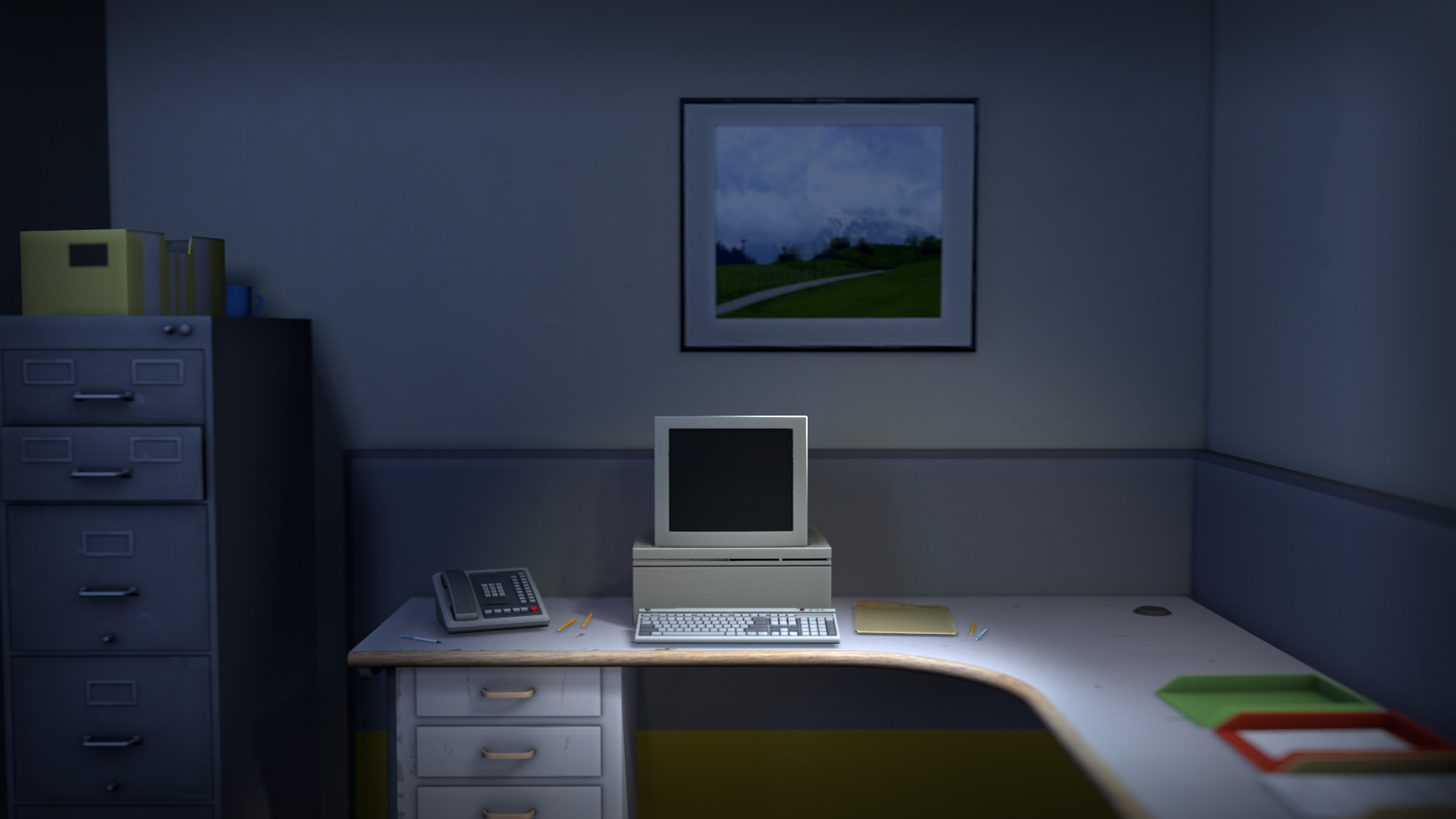
‘The Stanley Parable,’ created by Galactic Cafe, is a game that plays with storytelling in a unique way. It has several different endings, but you reach them by making specific choices. Once you discover how to trigger each ending, it always plays out the same way. The game’s story, visuals, and results are consistent with each playthrough. The core experience focuses on finding all the possible paths rather than relying on unpredictable, changing gameplay.
‘Doki Doki Literature Club!’ (2017)

‘Doki Doki Literature Club!’ is a game created by Team Salvato that uses surprising twists and hidden computer tricks to tell its story. While the game seems interactive, certain events, poems, and important story moments happen in a predetermined order, always leading to the same ending. Once you’ve experienced the major surprises in the second part of the game, replaying it won’t change what happens – you’ll know what’s coming.
‘Firewatch’ (2016)

Firewatch, a game from Campo Santo and Panic, is a story-driven mystery set in the Wyoming wilderness. You play through a set path, communicating with others via radio. While your choices affect how conversations go, they don’t change the overall story or ending. The game unfolds in a predetermined way, and each time you play, you’ll experience the same events and find the same clues in the same order.
‘Inside’ (2016)
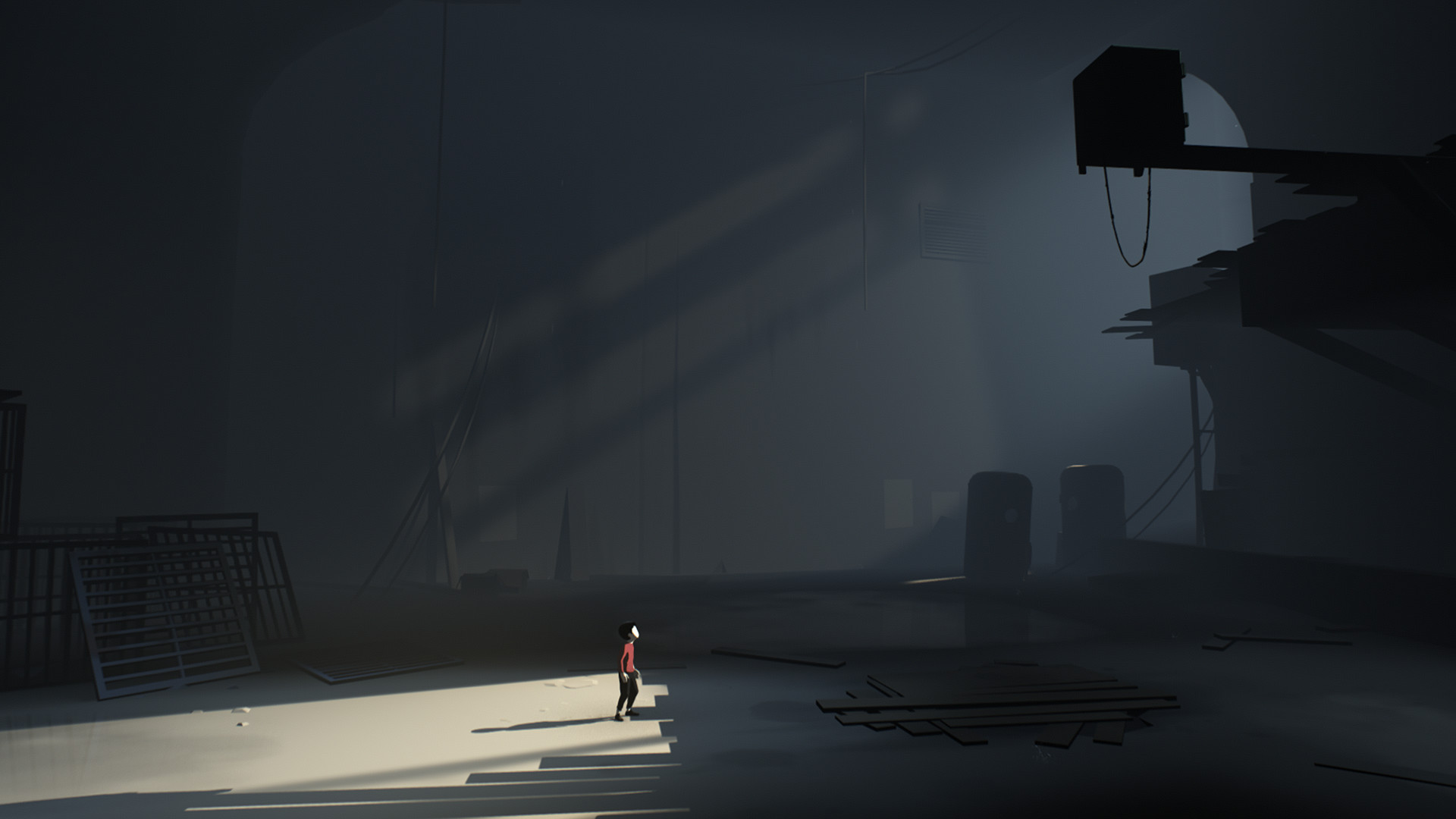
‘Inside’ is a puzzle-platformer game created by Playdead where players navigate side-scrolling levels. The puzzles have one correct solution, and the challenges in each area stay the same every time you play. While you can find collectible orbs for an extra challenge, they don’t affect the story. The game’s ending, including a secret version, is unlocked by completing specific actions that remain consistent once discovered.
‘The Room’ (2012)

‘The Room,’ created by Fireproof Games, centers around intricate 3D puzzle boxes. These boxes have fixed solutions – the codes, mechanisms, and internal layouts never change. Once you figure out how to open a box, you’ll always follow the same steps, meaning you can solve it from memory on repeat playthroughs.
‘Return of the Obra Dinn’ (2018)

In ‘Return of the Obra Dinn,’ created by Lucas Pope and published by 3909 LLC, you investigate a ghost ship by figuring out the identities and what happened to each crew member. The game is designed so there’s one correct answer for everyone, and once you’ve correctly matched names to faces, the solution will always be the same. The ship’s layout and the memories you uncover don’t change, so you don’t have to worry about random chance or uncertainty on subsequent playthroughs.
‘Twelve Minutes’ (2021)

‘Twelve Minutes’, a game directed by Luis Antonio and published by Annapurna Interactive, takes place entirely within a single apartment that resets repeatedly. To make progress, players need to figure out the right things to say and do – specific conversations and actions will unlock the next step. Once you learn the correct sequence, the loop will always end the same way, with little room for change beyond how quickly you can perform the actions.
‘Outer Wilds’ (2019)

As a huge fan of ‘Outer Wilds’, I’ve been trying to explain what makes it so special! It’s this incredible game made by Mobius Digital and published by Annapurna Interactive where you’re stuck in a 22-minute time loop. But it’s not frustrating! The game uses real solar-system physics, and anything you learn – like codes, how to get around, or when important things happen – you keep with you each loop. That means you can skip right to solving puzzles! The planets all do the same things every time, so once you figure out the big secrets, the way forward always stays the same. It’s brilliant!
‘The Vanishing of Ethan Carter’ (2014)
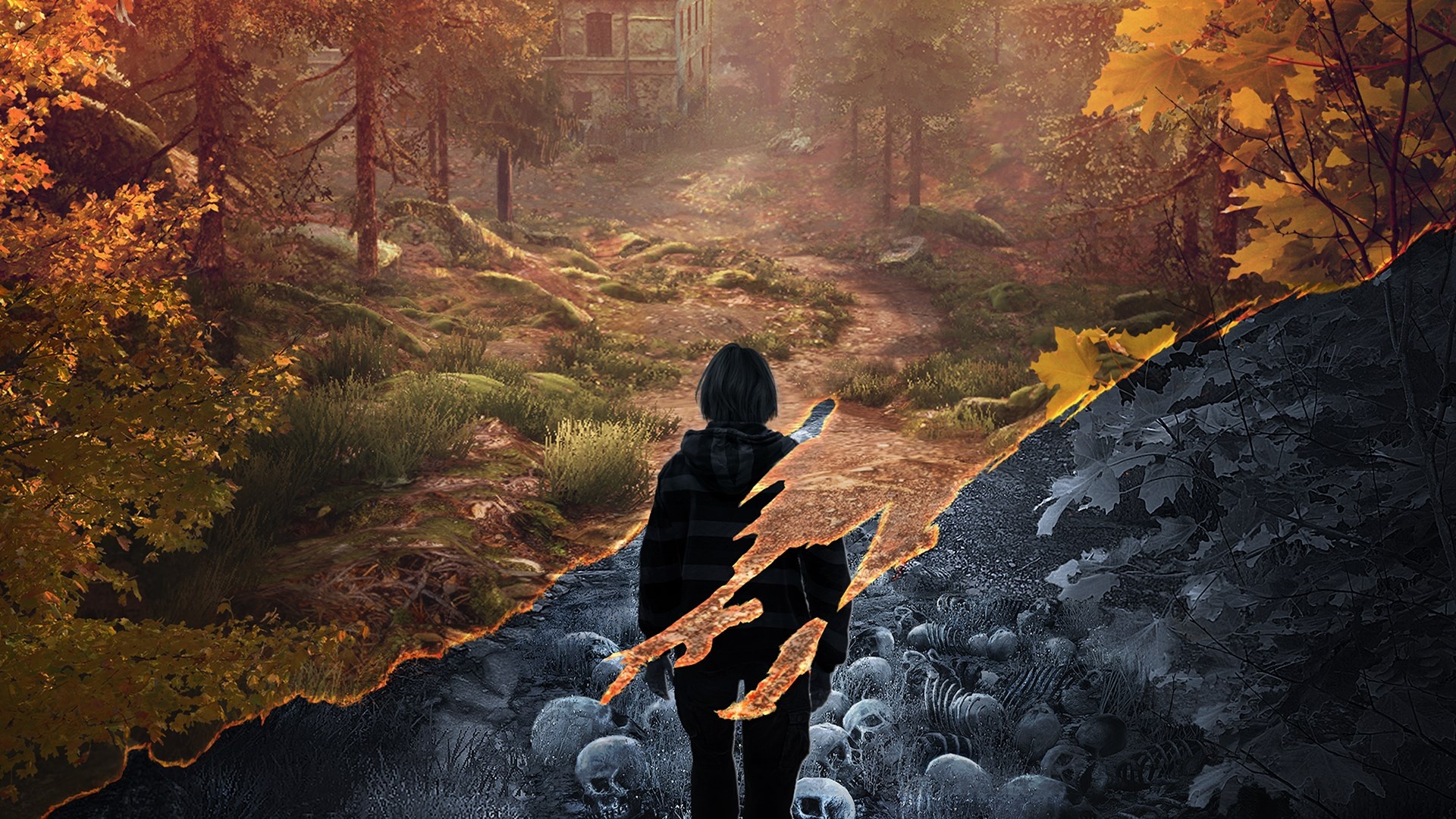
In the game ‘The Vanishing of Ethan Carter,’ players explore a rural mystery by solving puzzles. The game unfolds in a predetermined way, with the story always ending the same, no matter the order in which you explore. Playing again doesn’t offer new discoveries; you’ll repeat the same steps and find the same clues each time.
‘Oxenfree’ (2016)
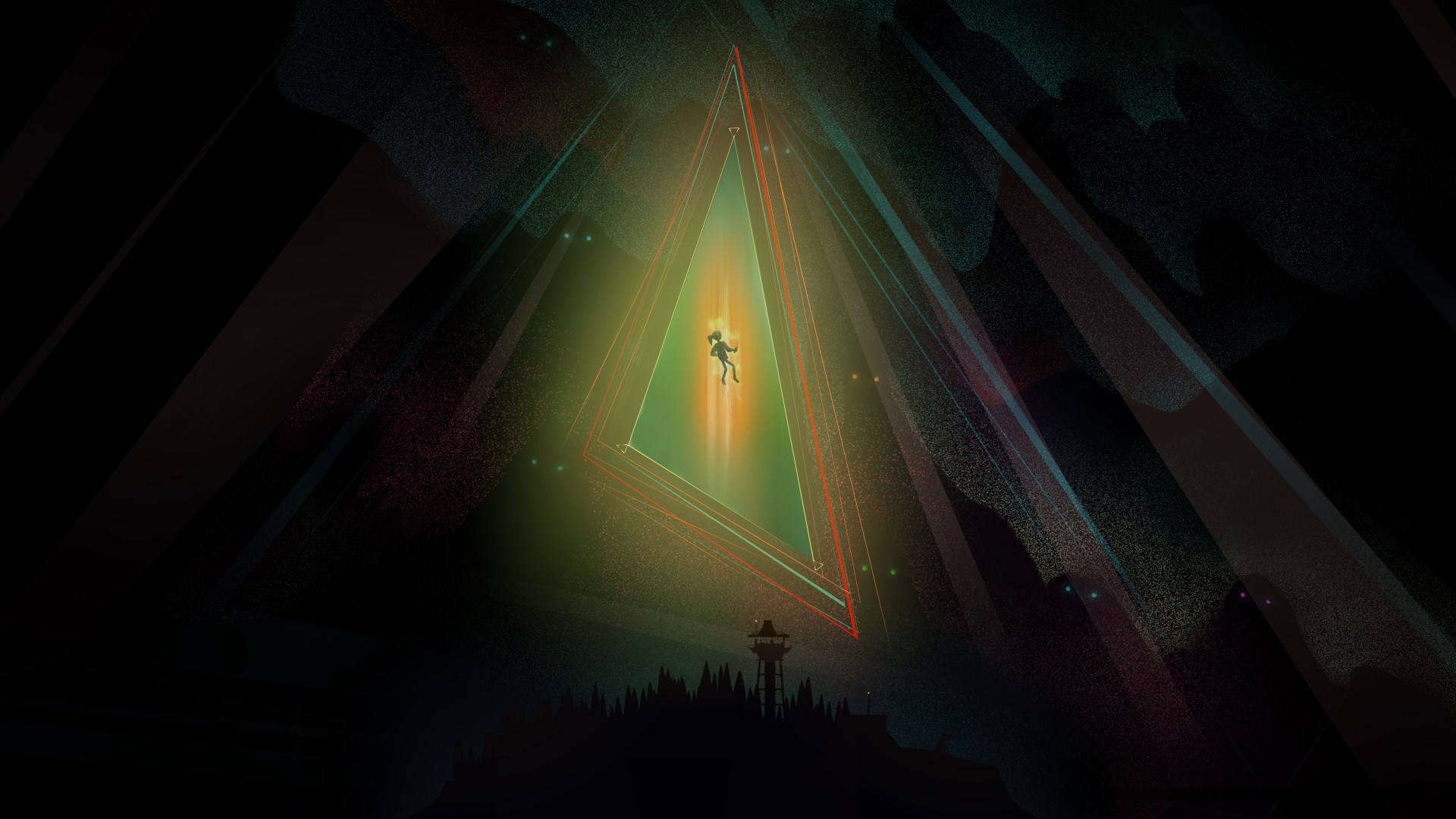
Oxenfree, created by Night School Studio, uses conversations that change based on your choices, but the main supernatural story always unfolds the same way. Important events, like strange radio signals and key locations, happen in a set order. While a New Game+ option adds a few small changes, the core story and puzzles stay the same. If you play again, you’ll visit the same places and experience the same interactions with the radio signals.
‘Limbo’ (2010)
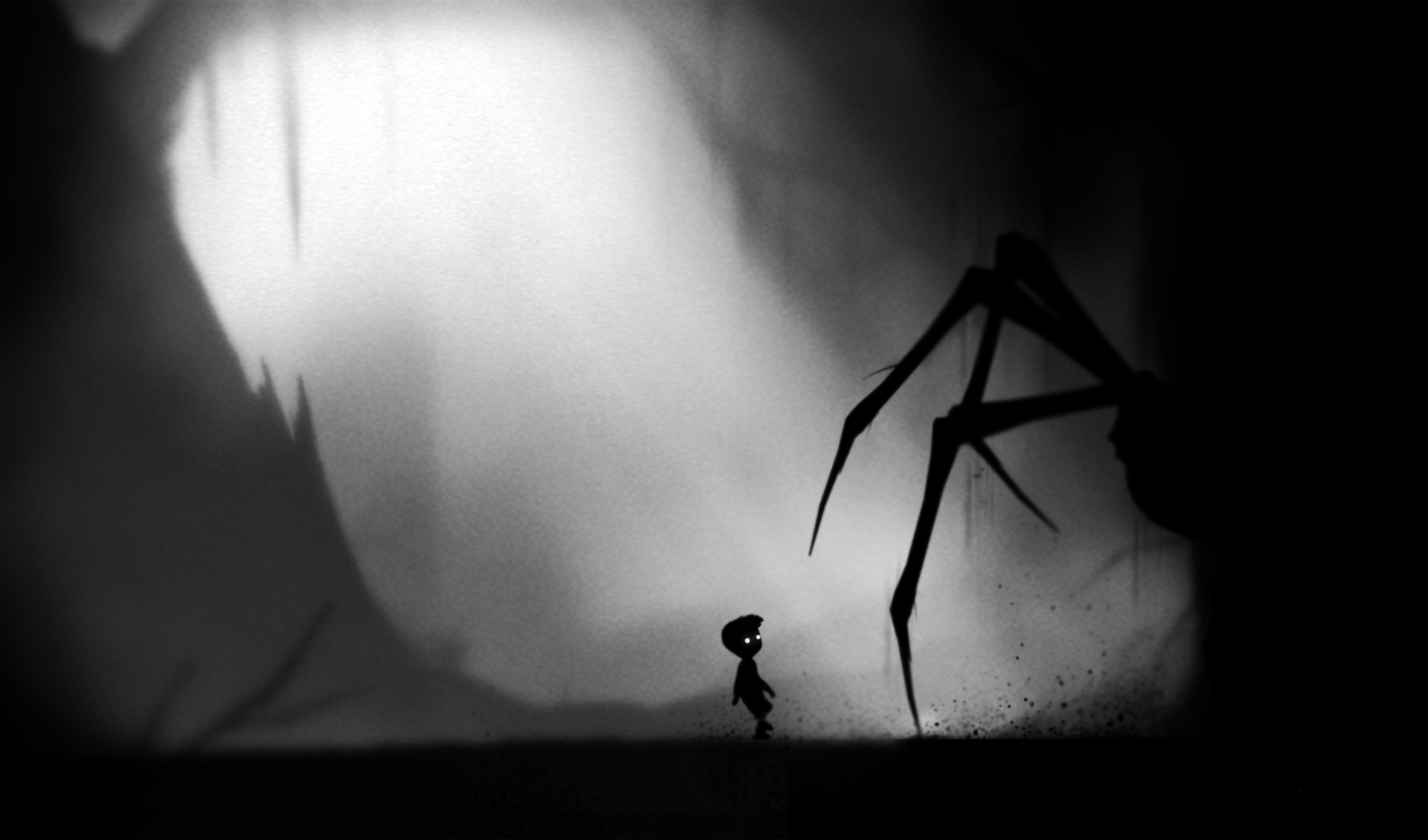
Limbo, created by Playdead, challenges players with physics-based puzzles along a straightforward, scrolling path. The game’s traps, enemies, and environment always behave the same way, meaning once you figure out how to solve something, you can repeat it reliably. There’s only one ending, and you’re always on the same route.
‘Heavy Rain’ (2010)

‘Heavy Rain,’ created by Quantic Dream and published by Sony, features gameplay where players react quickly to on-screen prompts and make choices that affect the story. Although the game offers different paths, the core story and important details are set. Successfully completing sections unlocks further scenes, but the story content itself doesn’t change. Knowing the timing of prompts and the correct choices makes it easier to replay the game and navigate familiar storylines.
‘L.A. Noire’ (2011)

L.A. Noire, created by Team Bondi and Rockstar Games, presents each investigation as a separate case. Evidence always appears in the same places, and conversations with suspects follow a pre-determined path based on the evidence you’ve already collected. While you can succeed or fail during questioning, the outcome of each case and the identity of the criminal remain the same. If you replay a case, you’ll experience the exact same crime scene investigation and dialogue options.
‘Phoenix Wright: Ace Attorney’ (2001)
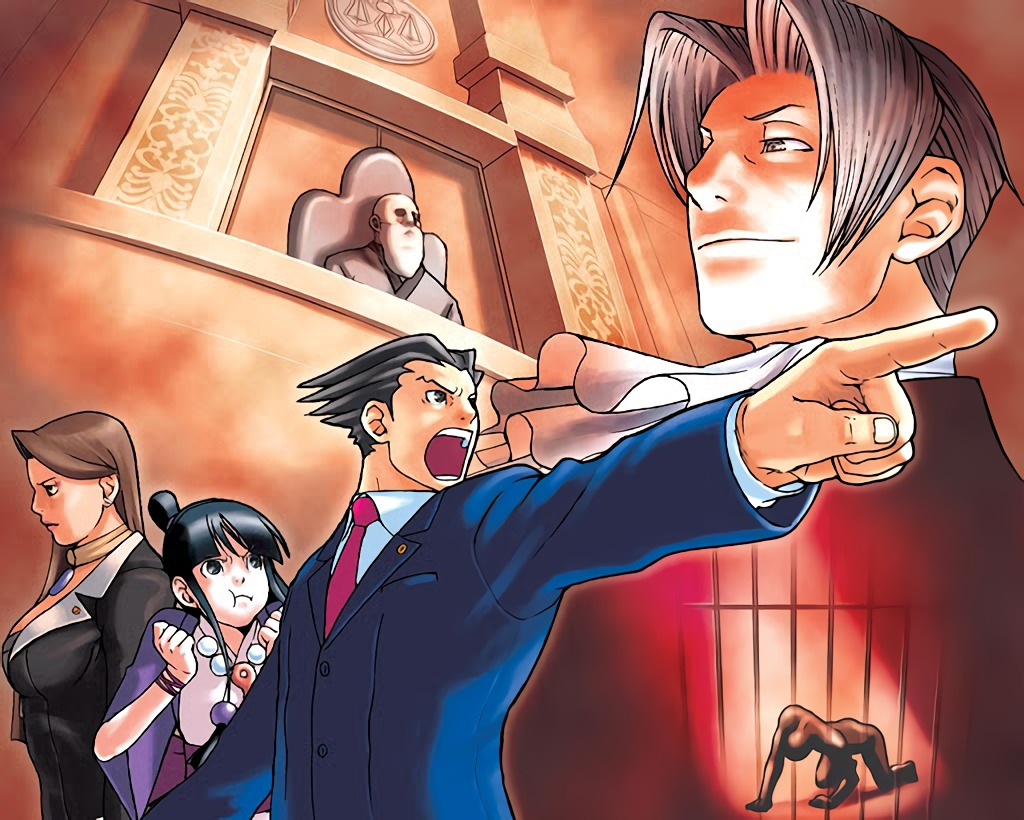
As a huge fan of ‘Phoenix Wright: Ace Attorney’, I love how the game unfolds! It’s structured around these set courtroom battles, and each one has a specific trick to it – you have to find the one right contradiction or piece of evidence to move forward. Once you’ve figured out what happened and revealed a character’s secrets, it stays that way. That means if you replay a case, you’ll see the same testimony and have to use the same logic – it doesn’t change, which is cool because you can really master each case!
‘Professor Layton and the Curious Village’ (2007)

Level-5 created the game, and Nintendo handled publishing outside of Japan. The game features puzzles that are fixed brain teasers, each with only one correct solution. The mystery has a single, definitive answer, and once you solve a puzzle, the solution remains the same every time you play. While there are optional puzzles to unlock, they add more content but don’t change the main storyline or puzzle solutions.
‘The Witness’ (2016)

‘The Witness,’ created and released by Thekla, Inc., is an open-world puzzle game built around consistent rules. Every puzzle has one correct solution, and the number of possible rule variations is limited. Once you understand the logic of the puzzles, solving specific boards becomes almost automatic. Even the final challenges and overall structure of the game follow established patterns.
‘Portal’ (2007)

As a huge ‘Portal’ fan, I always found it interesting how the game, created by Valve, is built around these really clever physics puzzles that all lead to one big finale. What’s cool – and a little strange – is that every time you play, the puzzle rooms are exactly the same, and the villain even says the same things at the same moments. Once you figure out how to solve everything, it becomes about repeating those steps perfectly, which is both satisfying and a bit mind-bending!
‘Portal 2’ (2011)
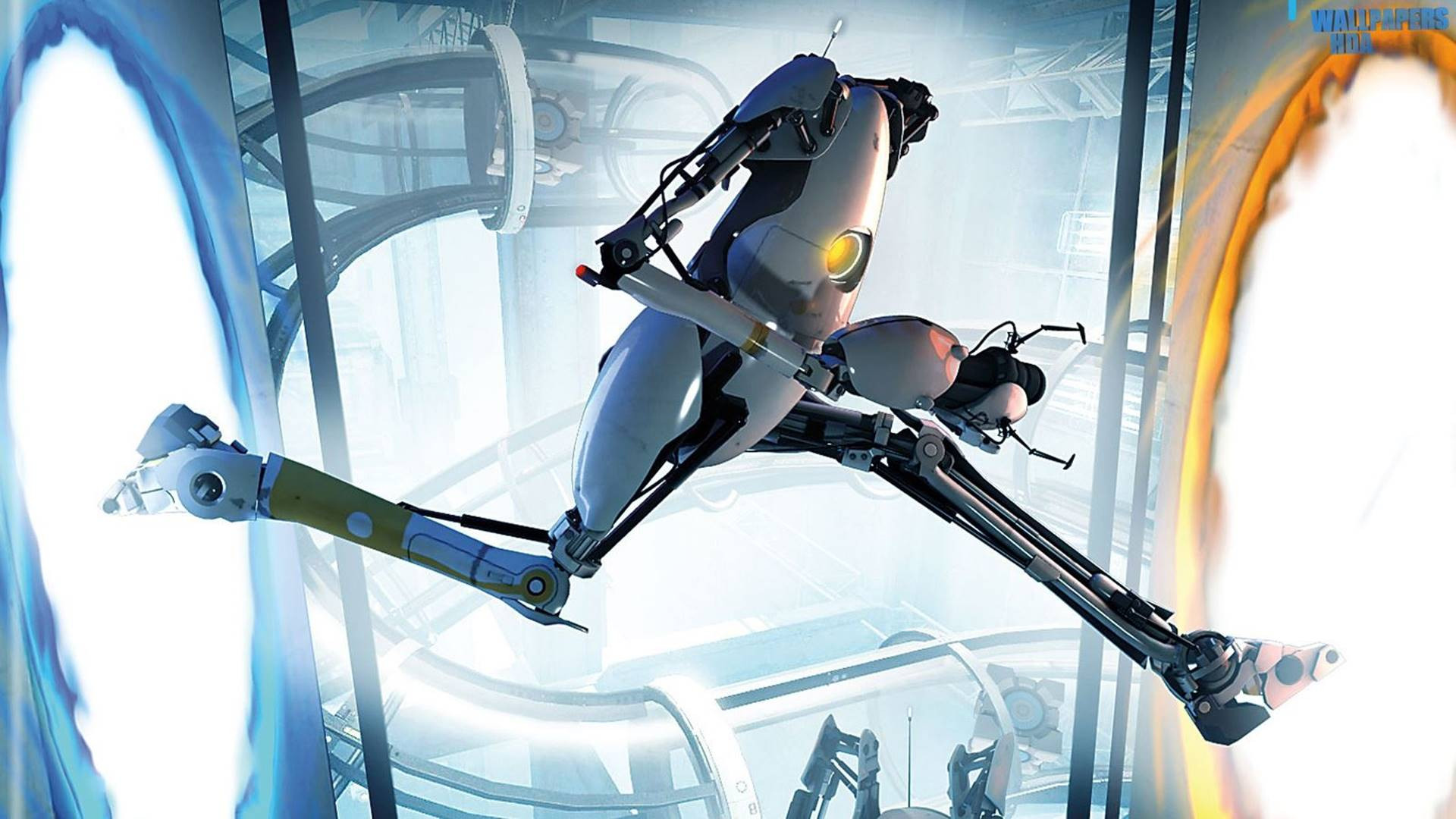
Portal 2 builds on its predecessor with carefully planned levels, pre-written humor, and unchanging puzzle designs. Whether playing alone or with a friend, players will encounter the same solutions and timing in each puzzle. Key story moments also happen at specific, predetermined times, meaning replays won’t offer much variation in either gameplay or narrative.
‘The Beginner’s Guide’ (2015)
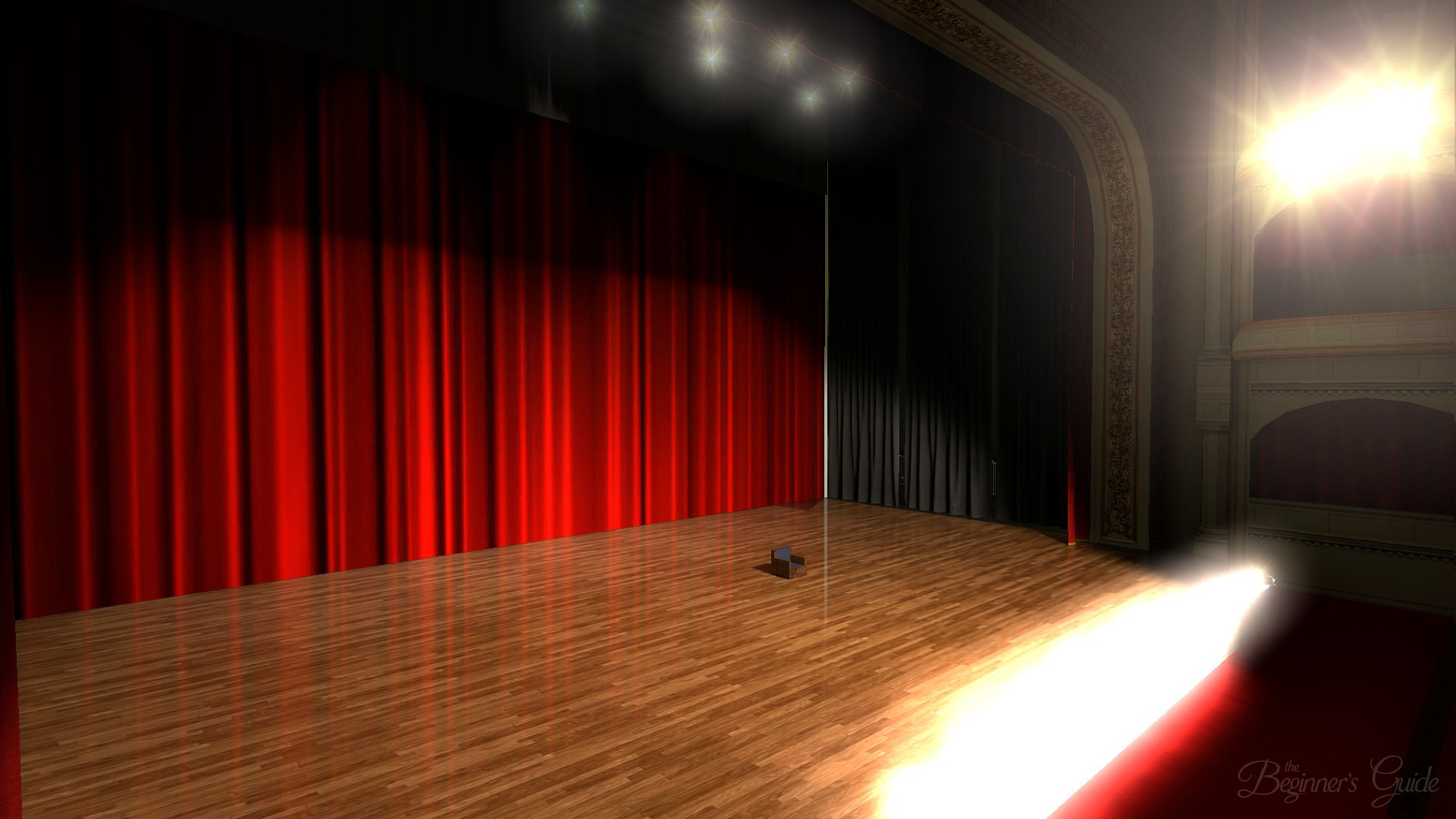
‘The Beginner’s Guide,’ created by Davey Wreden and released by Everything Unlimited Ltd., tells a story in a single, uninterrupted playthrough. The game follows a set path with fixed scenes, narration, and interactive moments. Unlike many games, there are no hidden secrets, multiple endings, or random elements – each time you play, you’ll experience the exact same story as intended by the creator.
‘Until Dawn’ (2015)

‘Until Dawn,’ created by Supermassive Games and published by Sony, features a story that changes based on your choices. Though characters can survive or perish, key plot points and scenes always happen. Quick-time events and hidden clues stay consistent each time you play. After experiencing all possible outcomes, subsequent playthroughs will start to feel familiar as events repeat.
‘Detroit: Become Human’ (2018)

‘Detroit: Become Human,’ created by Quantic Dream and published by Sony for consoles (and later by Quantic Dream on PC), features a story with many different paths. However, each section of the story is a pre-designed scene that always plays out the same way. If you revisit a scene, things like where to find clues, quick-time events, and dialogue options will always be the same. Once you figure out the best way to play, you can replay scenes and get the same results every time.
‘Telling Lies’ (2019)

‘Telling Lies,’ created by Sam Barlow and published by Annapurna Interactive, is a game built around video clips. You uncover these clips by searching for keywords within a limited database. Each clip always shows the same content, and the main story doesn’t change. Once you’ve found the important clips, you’ll solve the game’s mystery, and playing again won’t reveal anything new – you’ll just see the same conversations and results.
Read More
- Fed’s Rate Stasis and Crypto’s Unseen Dance
- Blake Lively-Justin Baldoni’s Deposition Postponed to THIS Date Amid Ongoing Legal Battle, Here’s Why
- Dogecoin’s Decline and the Fed’s Shadow
- Ridley Scott Reveals He Turned Down $20 Million to Direct TERMINATOR 3
- Baby Steps tips you need to know
- Global-e Online: A Portfolio Manager’s Take on Tariffs and Triumphs
- The VIX Drop: A Contrarian’s Guide to Market Myths
- Top 10 Coolest Things About Indiana Jones
- Northside Capital’s Great EOG Fire Sale: $6.1M Goes Poof!
- A Most Advantageous ETF Alliance: A Prospect for 2026
2025-11-20 19:53